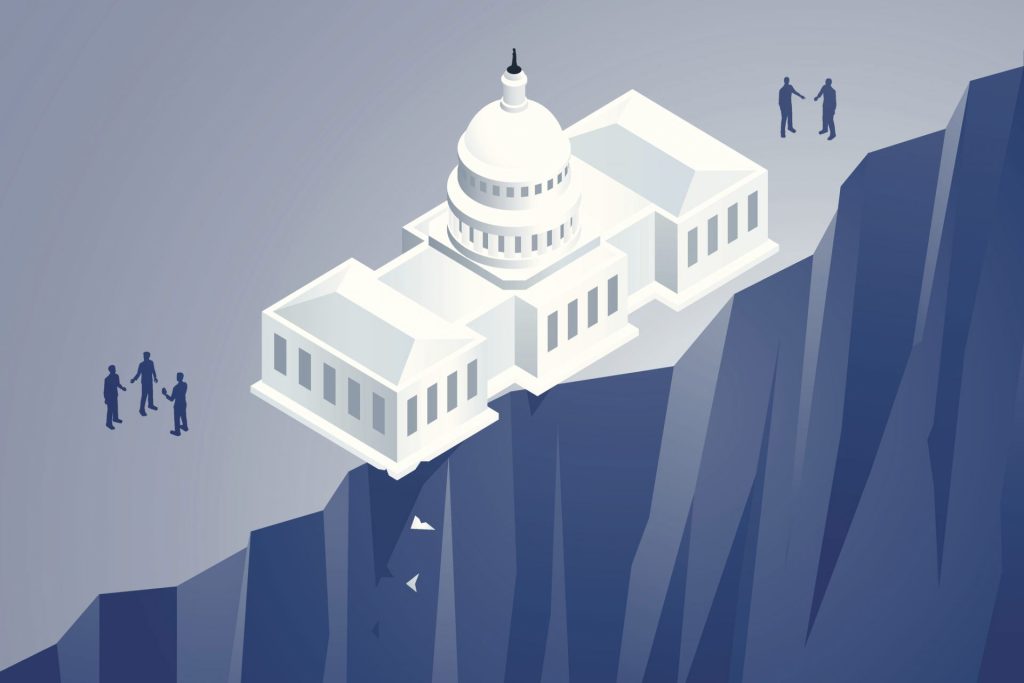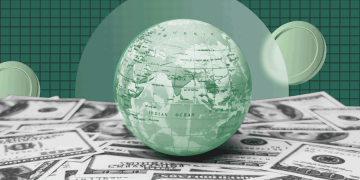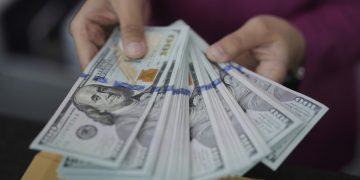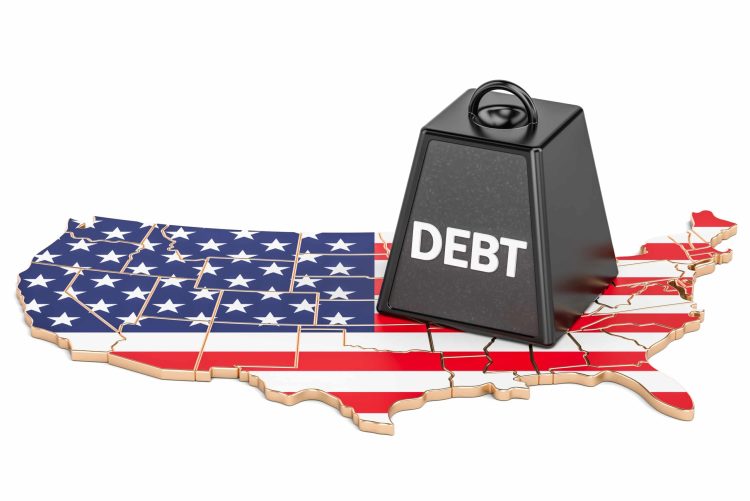Rapid Accumulation of Debt
In the midst of a rising tide of U.S. treasury yields, the total national debt has experienced a remarkable surge. According to a recent report from the independent research entity, the Committee for a Responsible Federal Budget, the U.S. national debt has exceeded $36 trillion, reaching an all-time high. This figure stands in stark contrast to the $35 trillion mark reached at the end of July this year. Remarkably, in just three months, the national debt has climbed by $1 trillion—a clear acceleration in growth. Data released by the U.S. Treasury indicates that the debt stood at $34 trillion at the beginning of January 2024; it took approximately seven months to reach $35 trillion, but only about three months to breach the $36 trillion threshold.
A Looming Economic Dilemma
The significant increase in U.S. debt has long been a source of concern in international markets and highlights underlying issues within the American economy. The relentless rise of budget deficits raises questions about the sustainability of federal debt. As of 2023, the ratio of U.S. federal debt to Gross Domestic Product (GDP) has reached 124%, and projections suggest it may escalate to 129% by 2033.
Evidently, political figures in Washington are not oblivious to these realities. Following the outcome of the 2024 presidential election, Republican candidate Donald Trump has nominated hedge fund founder Bassett as the U.S. Treasury Secretary. Recently, Bassett proposed an eye-catching “333 Plan”: to reduce the budget deficit to 3% of GDP by 2028, achieve 3% GDP growth through deregulation, and increase oil production or equivalent energy by 3 million barrels daily. From a macroeconomic perspective, Bassett views the current fiscal deficit as excessive and advocates for significant cuts in government spending while supporting a strong dollar and the adoption of digital currency. Analysts suggest that upon Trump’s potential return to office, he may focus on enhancing governmental and economic efficiencies as a way to gradually reduce the deficit, thereby bolstering the dollar’s strong position.
Contradictions in Economic Policy
However, some economists argue that amid the surge in U.S. debt, Trump’s economic policies may be fraught with uncertainties, with the possibility of “stagflation” looming. For example, Trump’s campaign has promoted a combination of “low taxes, high tariffs, and low interest rates,” characterized by fiscal expansion and trade protectionism, which could, to some extent, safeguard domestic jobs and industrial development. Yet, this approach also reveals inherent contradictions—namely, the tension between “import restrictions and capacity shortages” and “strict immigration policies versus labor shortages”—that could significantly elevate the risk of “secondary inflation” in the U.S. Under these conditions, the Federal Reserve faces difficult challenges, and the promise of lower interest rates from Trump may prove difficult to deliver.

Uncertainty Surrounding Tax Cuts
Moreover, while tax cuts theoretically support economic growth, the timing of their implementation remains uncertain, potentially rendering them ineffective during economic downturns. Trump’s proposed tax reductions include a reduction of the corporate marginal tax rate from 21% to 20% and a further reduction to 15% for companies that manufacture domestically in the U.S. However, Trump has not clarified the criteria for determining what constitutes domestic production or to what extent a company needs to operate within the U.S. to qualify for the 15% rate. As for personal taxes, the plan primarily focuses on increasing deductions and credits without altering tax rates—for instance, eliminating taxes on Social Security, consumption, and overtime pay, while expanding tax credits for automobile loan interest, caregivers, and newborns. Overall, aside from the proposed minimum corporate tax rate of 15%, the anticipated cuts appear modest compared to the 2017 tax reform and may not deliver immediate economic stimulation.
Stagnation in Core Inflation
Currently, the core inflation rate in the U.S. is stagnating. Looking at trends, the overall Consumer Price Index (CPI) is expected to continue its decline in 2024: October’s CPI registered a year-on-year increase of 2.6%, down 0.7 percentage points from the end of the previous year. However, the core CPI has shown clear signs of stagnation, remaining around 3.3% year-on-year for six consecutive months as of October. On a month-to-month basis, various components of inflation saw rebounds in September and October, with electricity, natural gas, new, and used cars recording increases exceeding their average growth rates over the past twelve months. As Trump potentially reclaims the presidency next year, the imposition of tariffs could lead to rising commodity prices, while immigration policies may exacerbate labor shortages, pushing future inflation trends beyond the Fed’s expectations. Therefore, while the Federal Reserve is likely to continue easing interest rates this year, the rate cuts may come to an early end in the first half of the following year, and the extent of such cuts may fall short of current expectations.


































